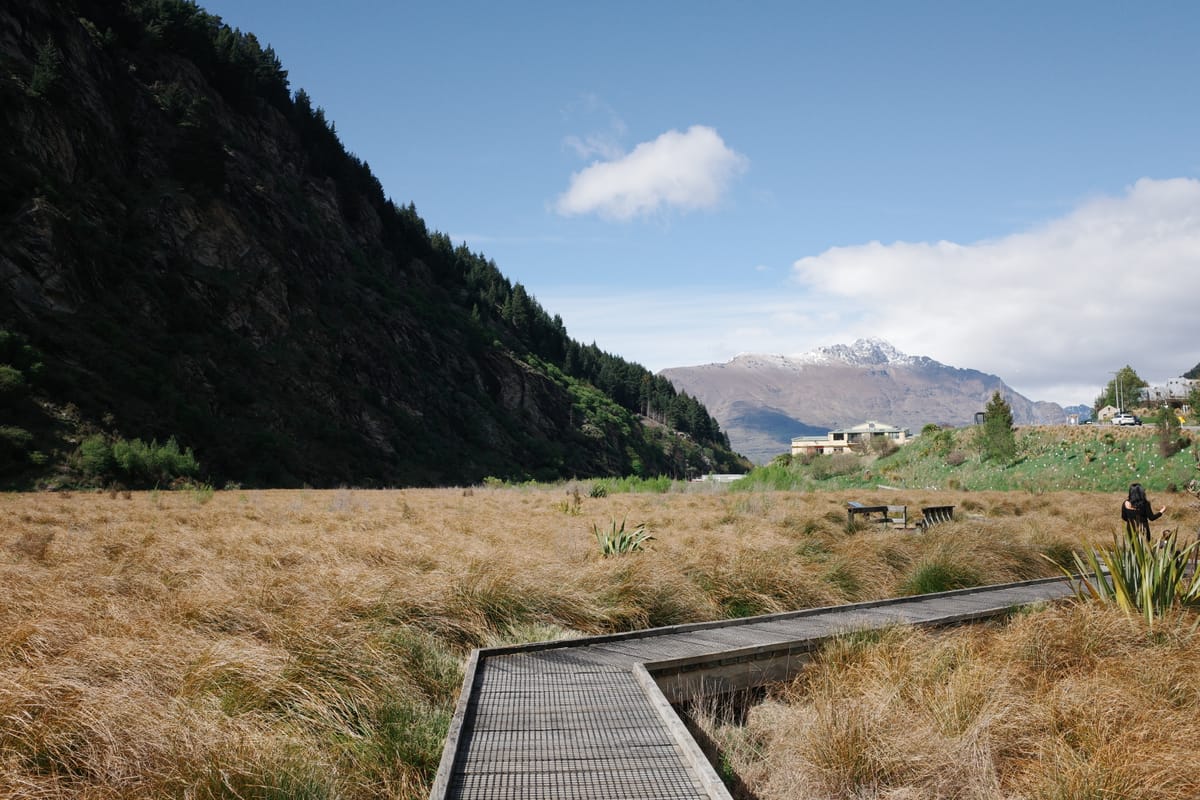How to Set Up a Custom Recipe on the Ricoh GR IV / III / III

If you’ve spent time shooting with your Ricoh GR, you’ve probably heard about custom recipes — those magic combinations of settings that give your images a unique film-like look straight out of the camera. Whether you’re chasing that classic Kodak feel, a moody monochrome, or a cinematic tone, the Ricoh GR III and IV make it super easy to create and save your own looks.
A quick look how to do it on the image below

Step 1: Choose Your Base Mode
Start by setting your camera to P (Program), Av (Aperture Priority), or M (Manual) mode — whichever you prefer.
Most people use P Mode for flexibility since it lets the camera handle exposure while you fine-tune the creative settings.
Step 2: Select Your Base Image Control
Head to:
Menu → Image Control
You’ll see a list of Ricoh’s built-in color profiles like:
- Standard
- Vivid
- Positive Film
- Bleach Bypass
- Monotone
- Cross Processing
Choose one that’s closest to the look you want. For example:
Positive Film – a popular base for warm, punchy film looks.
Monotone – perfect for custom black-and-white recipes.
Step 3: Adjust Your Parameters
Now tweak the sliders to taste:
- Saturation: -4 to +4
- Contrast: -4 to +4
- Highlight / Shadow: for balancing tone curve
- Hue: shifts color warmth
- Sharpness / Clarity: controls edge and detail
- Grain Effect: Off / Weak / Strong (for that vintage texture)
👉 Tip: If you’re going for a film-style recipe, try reducing clarity slightly and adding grain.
Step 4: Tune White Balance
Go to:
Menu → White Balance → Adjust
You can shift the White Balance Compensation on the grid (Amber ↔ Blue, Green ↔ Magenta).
This is where you add personality — a warmer tint for Kodak-inspired looks or cooler tones for Fujifilm-style recipes.
Step 5: Save Your Recipe
Ricoh GR offers two ways to save your custom recipes for quick recall: User Box Mode and Dial Mode.
1. User Box Mode (U1, U2, U3)
Think of this as a memory bank for recipes. You can save up to three full recipe setups:
- Press Menu → Setup → Save User Settings
- Choose BOX1, BOX2...
- Confirm and name your recipe (e.g., CineTone, Mono Mood)
Once saved, you can switch between your recipes directly from the Mode Dial set to User Box (U) .
2. Dial Mode
The Mode Dial allows you to assign each User Box to a physical dial position:
- Turn the dial to U1 to instantly apply your first custom recipe
- Turn the dial to U2 for your second recipe
- Turn the dial to U3 for your third
This makes it super quick to swap looks while shooting, without going into menus — perfect for street photography or situations where lighting changes fast.
🔁 Step 6: Refine in Real-World Use

Take it out for a spin!
Experiment in different lighting conditions — sunny, overcast, low-light. If colors feel off or highlights are too strong, tweak your parameters and re-save.
For me its mostly adjusting the EV based on your goal and feel.
The GR is all about speed and creativity, so don’t be afraid to iterate.
Final Thoughts
Custom recipes turn the GR from a simple compact camera into a pocket-sized creative powerhouse.
By crafting your own look and using User Box Mode with the Mode Dial, you can quickly switch between multiple signature styles — straight out of camera.